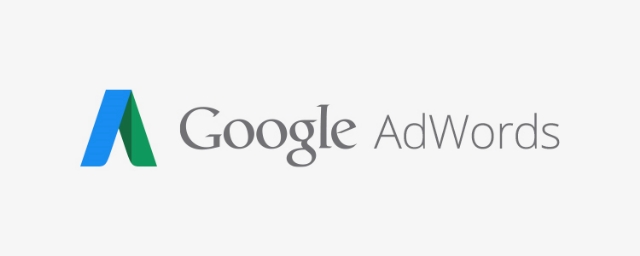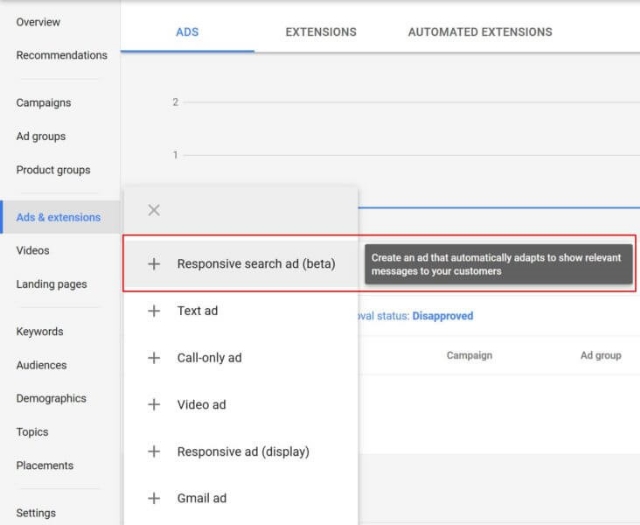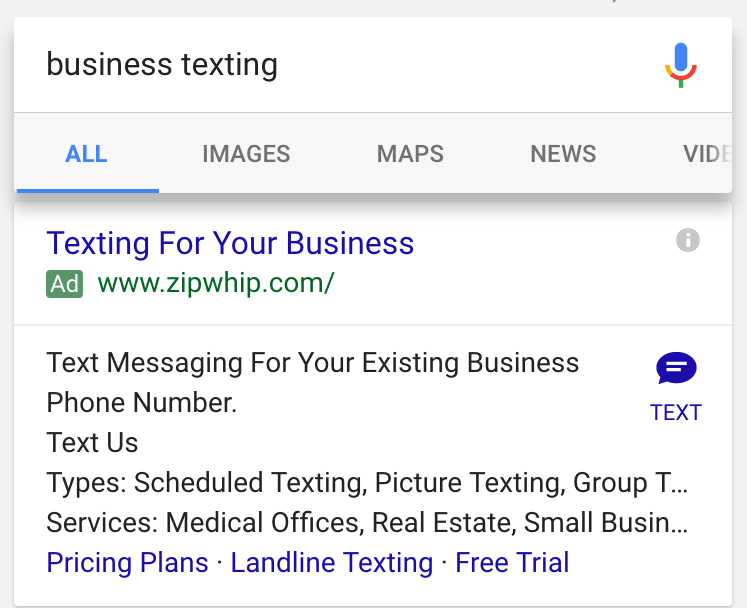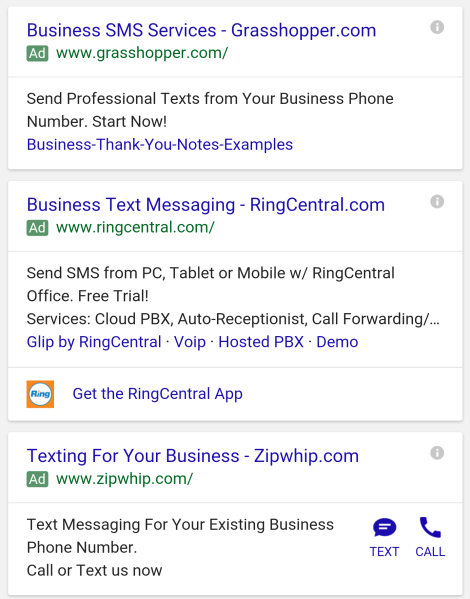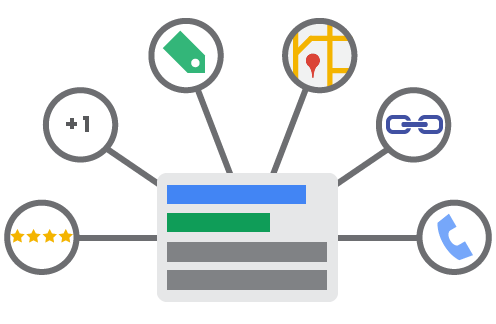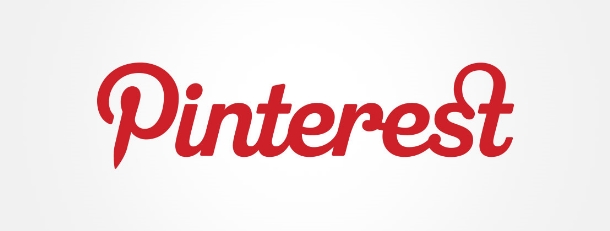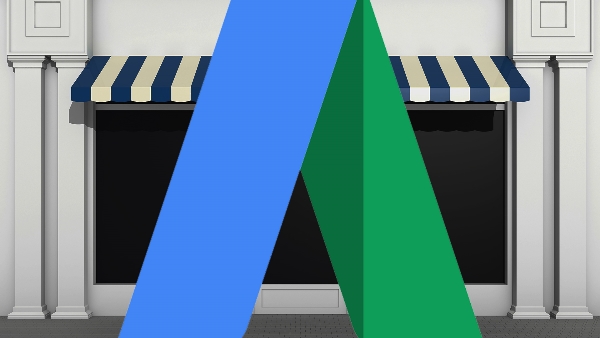This week Google held its annual Marketing Live event to reveal the latest innovations in online advertising, and the latest ad units aim to provide a more consistent experience across all of Google’s advertising platforms while also introducing new ways to advertise across the web.
The new ad units, including Discovery ads, Gallery ads, and Showcase Shopping ads, are all highly visual and highly automated, relying on the same automation model as Universal App Campaigns.
Here’s what you need to know about all the newest ways to advertise with Google:
Discovery Ads
Google has used the “Discovery” section of its platform to highlight content and sites it feels may be relevant to your interests. Now, brands and websites can also target this section with ads in the Discovery area, visible under the search box in the Google mobile app, in Gmail under the social promotions tabs, and in the YouTube home feed.
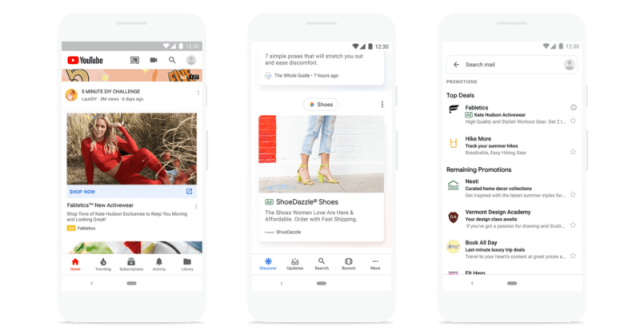
As Google VP of Product Management Brad Bender explained during the Marketing Live event, Discovery ads are intended to be “visually rich, mobile first, and use the ‘power of intent’”, meaning the ad service relies strongly on signals from users like past site visits, app downloads, or video views.
The company says the Discovery feed now reaches more than 800 million users around the world, making this a highly attractive area to target with ads.
Gallery Ads
Another new format introduced at the Marketing Live event is Gallery ads, which present a carousel of swipeable images at the top of mobile search results. The carousel includes between four to eight images, with up to 70 characters of copy possible for each image.
Notably, this changes the way Google charges for ads. Gallery ads are paid for on a CPC basis, which means you are charged if someone clicks on the ad. However, Google also tracks how far a person swipes through the carousel. When they wipe past the third image in the sequence, that also counts as a “click” or form of engagement. This means that you may be paying for ad interactions that do not include an actual click or landing page visit.
In testing, the search engine says Gallery ads saw “25% more interactions” compared to other search ad formats. Though, it is unclear how the actual CTR of these ads stacks up.
Increased Visibility for Showcase Shopping Ads
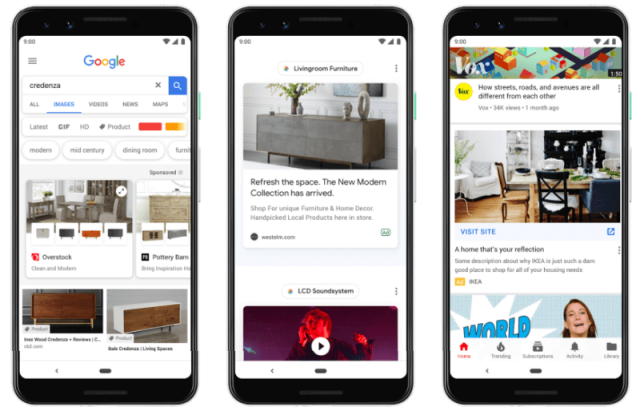
Showcase Shopping ads have been around since 2016 as a way for retailers to highlight a curated list of products in non-branded searches (which Google says accounts for 40% of queries).
Now Google is expanding these ads to a variety of new areas of the platform, including Google Images, the Discover feed, and the YouTube feed.
The ads include a large main image, as well as smaller images. When clicked these ads expand to showcase a variety of relevant products from the retailer, and may include other information such as store locations or in-store availability.

